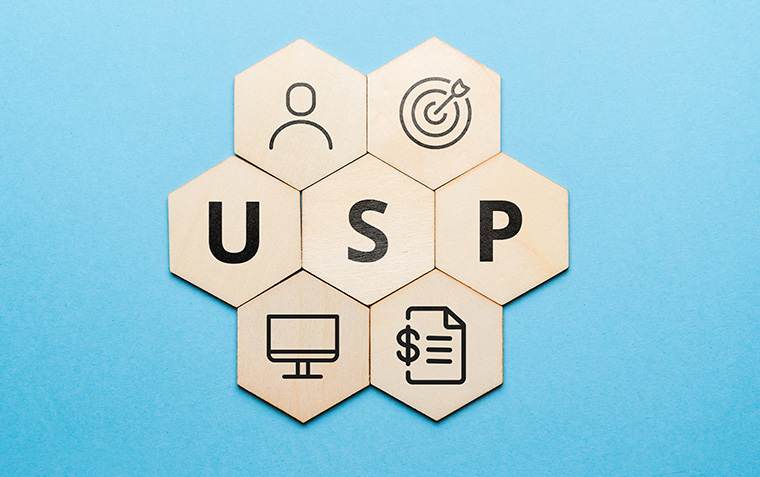How Movement on Websites Enhance User Experience

The moment a user lands on a website, they are forming judgments about its usability, functionality, and relevance. As competition for attention intensifies, web designers are increasingly turning to subtle animations and movement to keep users engaged. This isn’t just a trend; it’s a powerful tool that, when done well, can greatly improve user experience (UX).
Here, we’ll delve into why animation and movement on a website are effective in enhancing UX and how they can be strategically implemented for your audience.
1. Capturing Attention and Setting the Tone
Animations immediately grab the user’s attention. A touch of movement on a webpage – whether it’s a button that bounces or an image that fades in – can draw the user’s eye to key elements. Used thoughtfully, animation directs users towards the site’s primary actions or information without overwhelming them.
Imagine a travel website with moving clouds or gentle waves in the background. These subtle animations help convey the spirit of adventure or relaxation, setting a tone that resonates with the audience even before they read any text. With animation, websites can communicate personality and intent visually, creating an emotional connection with visitors.
2. Guiding Navigation and Reducing Cognitive Load
Web animations act like signposts, guiding users through a site’s structure. For example, a subtle slide effect when users navigate from one section to another makes the transition smoother, creating a sense of flow. This is especially useful for complex websites with a lot of content, as animations can highlight important features or indicate how users should interact with the page.
3. Providing Instant Feedback
Animations are also essential in providing users with instant feedback. This is particularly important for websites where interactions are key – think of online shopping, ticket booking, or service portals. When users click a button, an animation (like a ripple effect or a slight bounce) confirms that their action has been registered. If loading times are necessary, a simple animated spinner can reassure users that the site is processing their request.
For e-commerce sites, where user patience can wane quickly if they feel something isn’t working, providing feedback via animations can significantly enhance satisfaction. A smooth and consistent feedback loop builds trust in the functionality of the website, ensuring users feel their actions are acknowledged.
4. Creating Delight and Boosting Engagement
Beyond practicality, animations can create moments of delight that make a site more memorable. Adding interactive and playful elements can increase the time users spend on a site and encourage repeat visits. For instance, a children’s bookstore could incorporate animations where illustrations on the homepage animate as users hover over them, sparking curiosity and engagement.
It’s worth noting that Australian audiences, known for their down-to-earth and straightforward approach, respond well to animation that is functional and charming, rather than overly flashy. A few playful, purposeful animations can surprise users in a positive way, making them feel like they’re part of an experience rather than just clicking through pages.
5. Enhancing Accessibility and Inclusivity
Animation can also improve accessibility when done thoughtfully. Movement can make navigation more intuitive for users who might otherwise struggle to identify interactive elements. For instance, highlighting form fields with a brief pulse animation can guide users through a process and reduce the likelihood of errors.
Moreover, users with visual impairments or learning differences may benefit from subtle animations, which add context to a page’s content. However, it’s essential to keep animations understated and provide options to reduce or disable them. Too much movement can be distracting, particularly for those with cognitive disabilities or sensitivities to motion.
Best Practices for Using Animation on Websites
While animations bring numerous benefits, they need to be implemented mindfully. Here are some guidelines for web designers looking to enhance UX through animation:
1. Keep it Subtle: Use animations that serve a purpose and don’t detract from the main content. Overly flashy effects can be distracting.
2. Prioritise Speed and Performance: Ensure animations are optimised to load quickly. Slow-loading animations or laggy interactions will detract from the user experience rather than enhance it.
3. Be Accessible: Provide options for users to reduce or disable animations, and test animations with accessibility in mind, ensuring they work for people with diverse needs.
Conclusion
Incorporating animation and movement into web design offers far more than visual appeal; it enhances user experience in meaningful ways. By capturing attention, guiding navigation, providing feedback, creating delight, and enhancing accessibility, animation makes websites more engaging, intuitive, and memorable. When thoughtfully applied, animation can transform a website from a simple interface into a lively, immersive experience – one that users will remember and return to.
So, if you’re building a website aimed at Australian users, don’t shy away from adding a touch of movement. Just remember: a little goes a long way!



